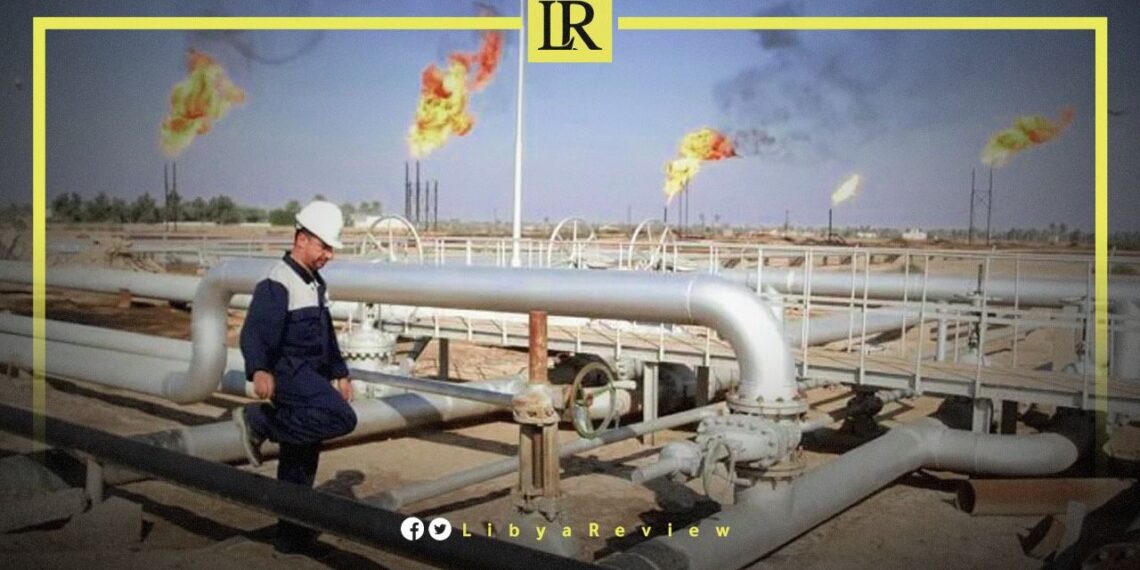Libya has solidified its position as Africa’s leading exporter in 2025, according to new trade data that highlights the country’s continued dominance in oil and hydrocarbons while signaling early steps toward broader economic diversification.
A report by African Export ranks Libya first among all African nations, with total export revenues reaching $29.8 billion.
Oil remains the cornerstone of Libya’s economy, representing over 90% of its export value, yet recent initiatives show a growing effort to expand into petrochemicals, cement production, food manufacturing, and agriculture, particularly olives, citrus, and dates. These diversification measures are supported by modern irrigation systems and local investment programs designed to revitalize the agricultural sector.
Despite years of conflict and political division, Libya’s energy output and export infrastructure have recovered steadily.
The country’s oil production has stabilized at nearly 1.4 million barrels per day, helping secure its position as Africa’s top oil exporter. Efforts to attract foreign investment, modernize energy facilities, and develop value-added industries have reinforced Libya’s trade resilience.
By comparison, the Republic of the Congo ranked second with $29.6 billion in exports, also driven by oil, while Algeria came third with $12.4 billion, followed by South Africa at $9.8 billion. However, none have matched Libya’s output scale or consistency in global energy markets.
Experts note that Libya’s leading position underscores both its vast natural wealth and the urgency of economic transformation. Analysts warn that the country’s dependence on hydrocarbons remains a double-edged sword — sustaining growth but exposing the economy to global price volatility.
Still, Libya’s participation in regional initiatives like the African Continental Free Trade Area (AfCFTA) could open new opportunities for diversification and integration into continental supply chains, potentially reshaping its long-term economic model.


